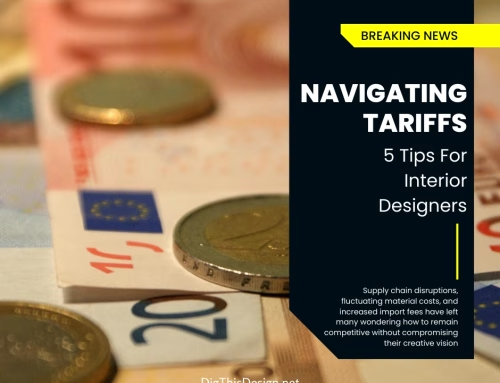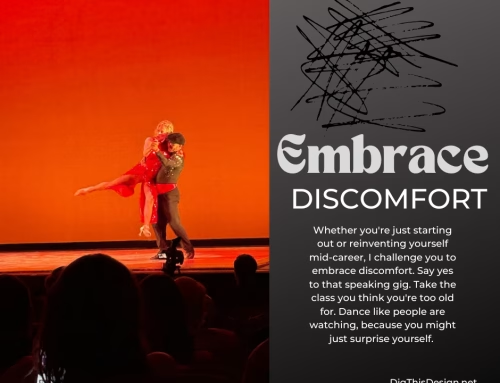Ever wondered why some presentation design influences stick with you long after they’re over? It’s because a presentation has a big impact on how we understand and remember information. Let’s take a closer look at how a designer makes a presentation design that is not only informative but also engaging.
5 Reasons to Have a Great Presentation Design
Understanding Audience Perception
Audience perception is shaped by many things, but visual design presentation plays a huge role. Design presentation isn’t just about making things look nice—it’s about helping people understand and feel the message. With clever use of colors, images, and layout, designers can grab attention and create emotional connections that make information stick.
When viewers are presented with visually appealing slides, they’re more likely to engage with the content and remember it later. The strategic placement of images, charts, and text can guide the audience’s focus and reinforce key points, enhancing overall comprehension and retention.
The Creative Process of Presentation Design
Presentation designers don’t just throw things together randomly. They start by understanding who they’re talking to and what they want to say. Then, they get creative! They come up with cool ideas and make sure everything in their presentation looks awesome. This mix of creativity and planning ensures that the design is just right for the audience.
The creative process involves a careful balance of artistic expression and strategic thinking. Designers must not only create visually appealing slides but also ensure that each element serves a specific purpose in conveying the intended message. This iterative process often involves feedback and revisions to refine the design until it effectively communicates the desired information.
Engaging Audiences Through Compelling Narratives
Visual storytelling helps designers explain tricky stuff in simple ways. By using clever tricks in their presentation design, like comparing things or showing data with pictures, designers can create stories that grab your attention and make the message crystal clear.
Incorporating storytelling techniques into their presentation adds depth and resonance to the content, making it more relatable and memorable for the audience. Whether through anecdotal examples, case studies, or narrative arcs, storytelling helps contextualize information and evoke emotional responses that resonate with viewers on a personal level.
Influence on Audience Engagement and Retention
The way the presentation design looks can make a big difference in how much people pay attention and remember. A good presentation design helps us understand and remember the information better. Designers use colors, pictures, and how fast things move to make presentations that really stick with you.
Thoughtful presentation design choices not only captivate the audience’s attention but also facilitate active engagement throughout the presentation. By incorporating interactive elements, such as quizzes, polls, or multimedia content, designers can transform passive viewers into active participants, fostering a deeper connection with the material and improving information retention.
Elevating Communication Through Thoughtful Design
Presentation design is a big deal. It changes how we see and understand information. Designers work hard to make sure presentations are fun and easy to understand. This helps us connect with the information and remember it better.
Overall, presentation design is about more than just making things look pretty. It’s about telling stories, making connections, and leaving a lasting impression. The next time you’re creating a presentation, remember the power of design to shape how your audience perceives and remembers your message.
Other posts you might enjoy:
Why Your Staff Needs Presentation Design Training
Industry Transformation: How 3D Interior Rendering Services Changed the Work of Interior Designer





